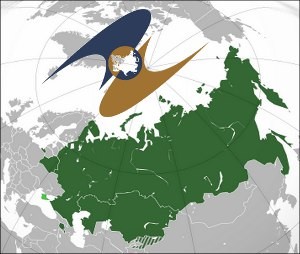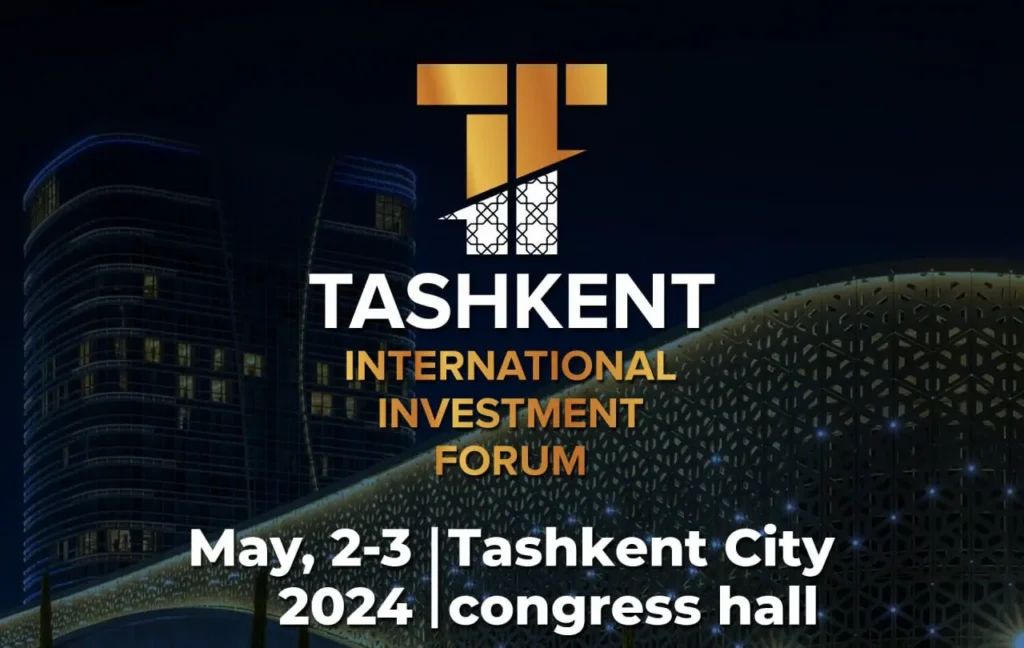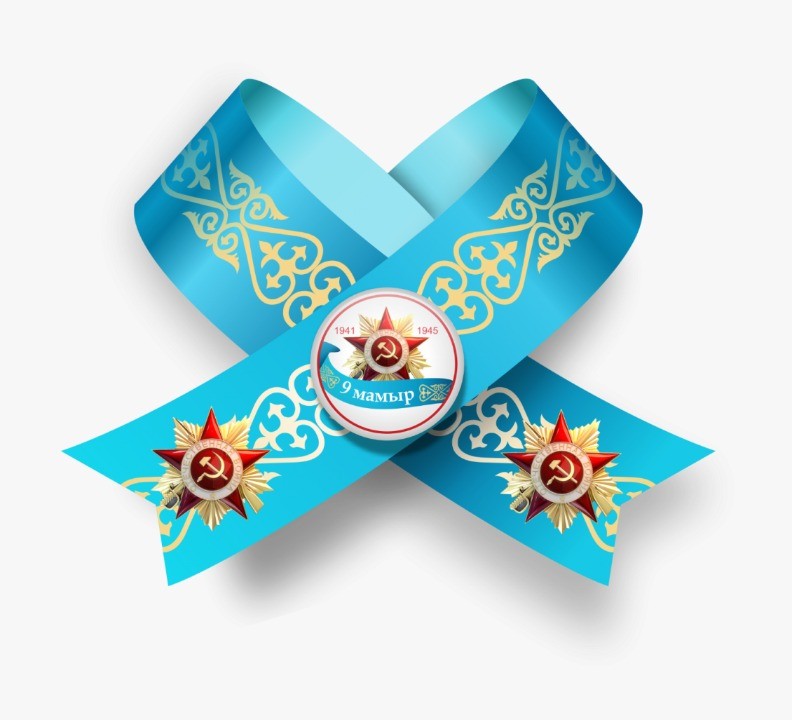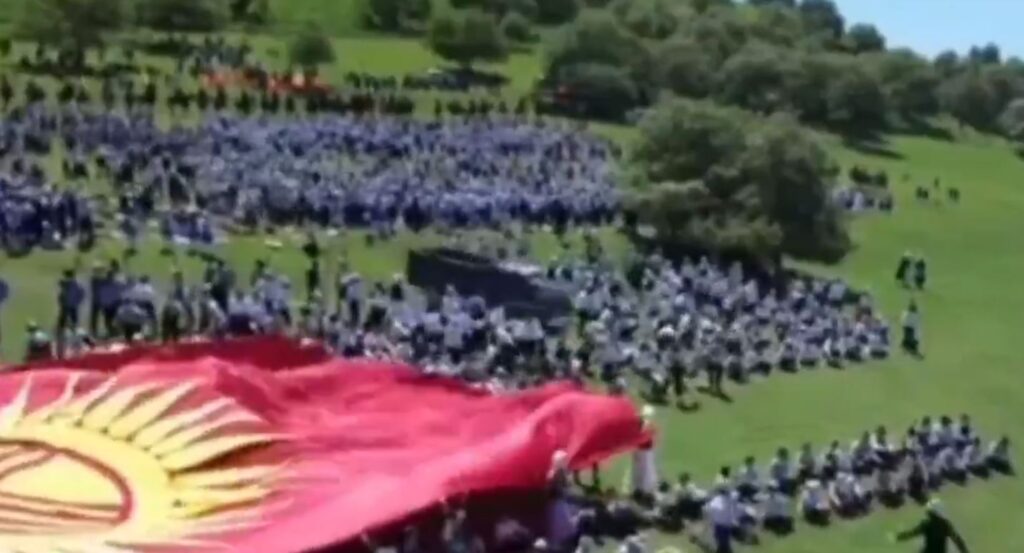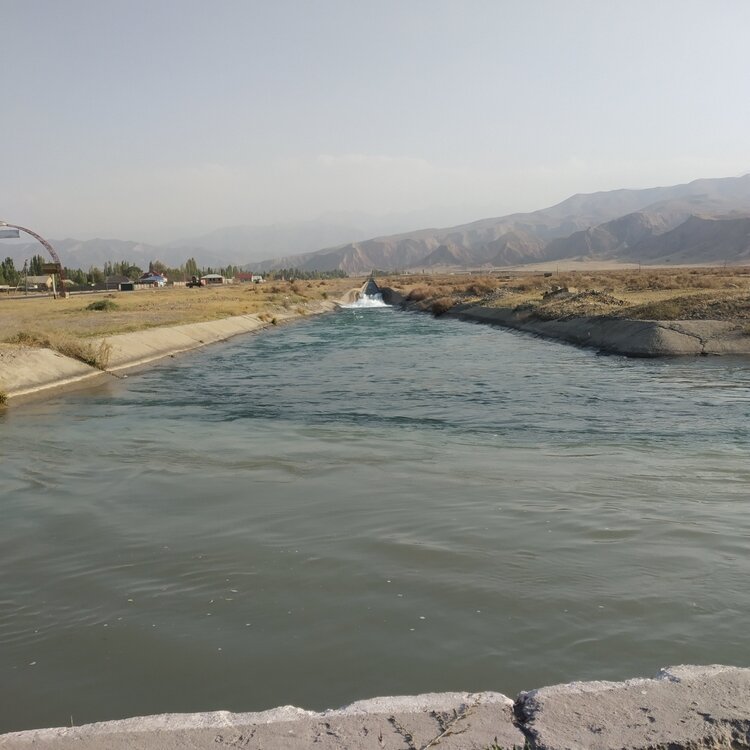BISHKEK (TCA) — Eurasian Economic Union (EEU) elites, general population, and business community perceive Eurasian integration in a generally positive light, but their attitude towards that phenomenon is becoming increasingly restrained. When contemplating their countries’ involvement in the EEU, politicians, businessmen, and individual citizens are often inclined to expect that integration will quickly produce a positive impact on the wellbeing of their countries, companies, and families. But economic integration is not a panacea for all of the EEU member states’ structural problems. It is a set of tools, and those who are going to use those tools need to master specific competencies, according to a monograph prepared by the Eurasian Development Bank’s Centre for Integration Studies.
The EEU is an economic bloc uniting Armenia, Belarus, Kazakhstan, Kyrgyzstan, and Russia.
Establishment of the EEU is a major achievement of its members following a series of “integration false starts” in the 1990s and 2000s. Integration provides certain benefits to Union member states – individual income levels are converging, and relative trade turnover and investment flow metrics are improving. On the other hand, the Eurasian Economic Union is not an impeccable “success story.” The initial momentum which had been building up in 2010–2015, delivering impressive breakthroughs in a number of areas, has petered out. After a series of rapid advances, in 2015–2016 Eurasian integration ran into numerous problems and challenges. With external conditions going from bad to worse, it will be much more difficult to deal with those problems than it was before. The current stage of integration may be described as a period of “maturation” of the Eurasian integration association which requires more patience and painstaking efforts from all participants, the monograph says.
At the same time, integration should not be reduced to economy. Long-term importance of interaction in the humanitarian sphere (including family ties, permanent and temporary migration, educational and cultural links, tourism, and many other things) is, as a minimum, comparable to the significance of economic ties. Integration strengthens international and interreligious peace – not only globally, but also within the states involved in the integration process. This international potential must be fully utilized and expanded, as humanitarian cooperation forges numerous factors conducive to the deepening of economic integration.
The Eurasian Economic Union is often treated as an ad hoc regional organization set up by Russia in pursuit of its own political agenda. This view is particularly widespread in the West with its evergreen “Kremlinology” traditions. The authors of Eurasian Economic Union substantiate their disagreement with that position. “The Eurasian Union is a ‘normal’ regional integration organization,” emphasizes Evgeny Vinokurov, Director of the EDB Centre for Integration Studies. “Its structural characteristics are not unique. Economic domination of Russia within the EEU? The weight of South Africa in the Southern African Customs Union is even greater, and the USA economically dominates NAFTA. Overwhelming share of raw materials in total exports? Oil means even more for the Cooperation Council for the Arab States of the Gulf, and MERCOSUR exports have a pronounced raw-materials bias too. First trade and economic conflicts within the Union? The history of MERCOSUR, ASEAN, NAFTA, and other regional organizations is replete with such conflicts. In a word, both EEU achievements and its failures are “normal.”
Eurasian Development Bank (EDB) is an international financial institution founded by Russia and Kazakhstan in January 2006 to promote development of market economies of its member states, and secure their sustainable economic growth and expansion of their mutual trade and economic ties. The charter capital of the EDB is $7 billion. The member states of the Bank are Armenia, Belarus, Kazakhstan, Kyrgyzstan, Russia, and Tajikistan.
